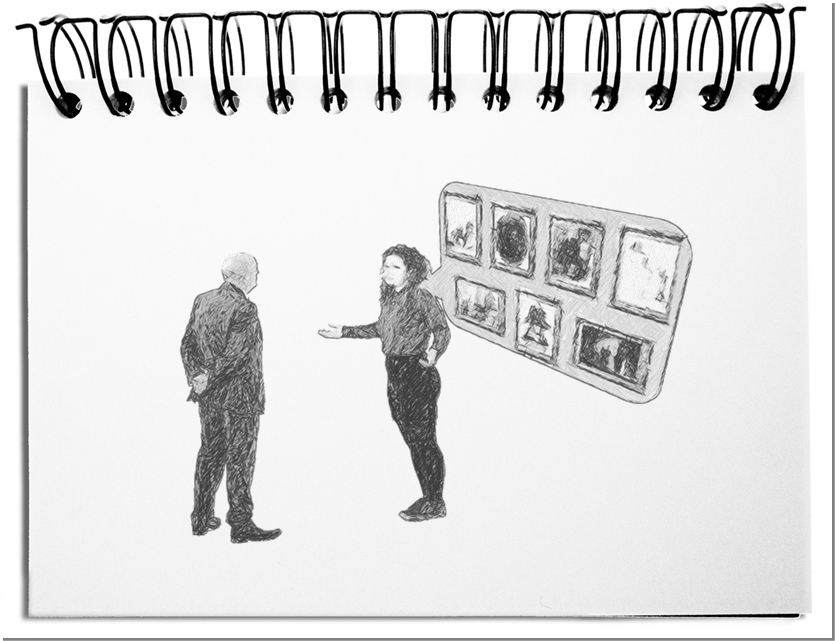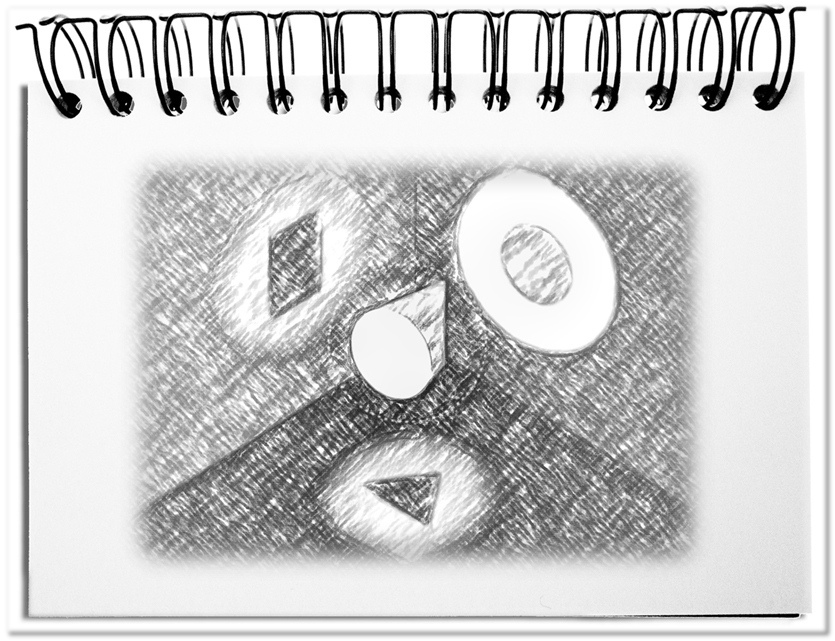A metaphor effects through the mental links that the addressees add, especially if the images are coherently from one subject area, the so-called metaphor field. The most effective topic areas can be determined with the targeted audience through conversations, evaluations of publications, and the consideration of previous statements. The mental worlds found provide clues to real, emotional, and strategic interests. Many images are available through the thoughtful choice of subject areas to increase the impact on the targeted groups.
The following overview offers possible topic areas and some food for thought on the use of metaphor fields.
- Societal
Society is composed of various groups and actors that form communities spatially, economically, and culturally. You find the analogies in multiple roles (e.g., gender, socialization, relationship, professional, and cultural), social forms (e.g., family, horde, tribe, village, clan, and nation), the comparable phases (e.g., development, growth, consolidation, and decay), and other characteristics. In enterprises, social groups evolve in the biz functions or on hierarchical levels or across them based on subject areas and other commonalities (e.g., gender, age, and education). Social metaphors promote team building – e.g., the company as a family; the company’s entrepreneur; life’s not easy at the bottom. - Architectural
The art of building provides commonalities along the life cycle of artifacts – designing, creating, constructing, and building buildings, cities, and landscapes. The results range from sketches, models, and shells to facades, interiors, facilities, plumbing, and networks. Different building shapes additionally stimulate the imagination: e.g., the tower; the bridge, the pillars; the palace, the castle, the country house. Architectural metaphors follow everyday experiences: e.g., all show and no substance; co-operations require bridgeheads; ideas stand on shaky pillars. - Physical
Bodies are the material building blocks and functions of living things and artifacts: mammals with their limbs and organs, e.g., the heart, the brain, and the gut; things with their components, e.g., commodities or artistic objects, and the activities associated with them, such as chopping, storing. Popular images of people are, for example, he lacks backbone; putting their heart into their efforts; the gut decision. Things like the bucket, the sieve, the knife, etc., provide mental links through their functionality – e.g., the nervous system for IT networking, arm length for the scope, the dull knife for lack of effectiveness. - Technical
The constructed, man-made world of tools, machines, and computers represents a mechanistic worldview. In recent decades, technology has been the guiding metaphor for organizations: division of labor, the interaction of the parts of the organization, and the targeted performance improvements. Typical analogies are input and output; the gear train; the tanker with its huge turning radius; the speedboats with their agility; the interfaces between different systems; networking; the catalyst as an impetus for change. The human being becomes the small cog of the organization; the helicopter provides the overview; the three-legged stool stands for TAR of a role (i.e., task, authority, and responsibility). - Economic
With its value-creating processes and responsible parties, the economy consists of meaningful images: money, investment, economy types, markets, suppliers, buyers, and intermediaries. In the enterprise, as in the economy, supply and demand as well as the Invisible Hand apply with all the associated mechanisms, e.g., in pricing or self-regulation for a fair distribution of services. The development becomes insightful through general values: e.g., the winner gets it all stands for the win-lose; everyone is in the same boat for the dependence on each other; the tide lifts all boats equally for the uniform effects of economic fluctuations. - Scientific
In all disciplines, science provides insights and regularities for our understanding of the world. Scientific theories include explanatory models, experiments, and values. To get as close to the truth as possible, science strives for objectivity, clarity, comprehensibility, and openness. Metaphors can be derived from this: e.g., the laboratory as a safe testing field; the research project for fruitless investigations; the bee colony for groups; the selfish gene as an image for the self-life of information (memes). - Ecological
Our natural environment with its phenomena offers analogies for the increasingly organic themes. It starts with the different spheres of sea, land, air, or space. Natural catastrophes such as tsunamis, avalanches, hurricanes, volcanic eruptions, earthquakes, meteorite impacts, black holes, etc., occur there. The vastness of the sea or the infinite expanse of space can be applied to biz situations. Besides, natural processes provide meaningful images – the caterpillar’s metamorphosis into a butterfly; the organic growth of cells; the cycle of becoming and passing. - Military
The art of war is a particular form of occupation with corresponding analogies for biz: organizational forms, equipment, and machinery, and approaches to action. The structure of military formations derives from their preferred locations: naval, land, and air forces (and now in space), as well as from the chain of command, communication, and escalation ways: roles (e.g., general and soldier; adversary and allies), procedures (e.g., reconnaissance, situation briefing; strategy). The approaches to action provide strategic, tactical, and operational perspectives (e.g., situation plan; scenarios; troop movements). Typical metaphors include victories or defeats; the decisive battle; war as a continuation of politics by other means; the fight to the bitter end; the battle is lost, but not the war.
Bottom line: Metaphors transfer properties and characteristics from a subject area into a biz topic. Due to the analogies and scope of an association, the target group members enrich the issue. To develop this imagery coherently, the subject areas of the metaphors should be chosen carefully. Approaches arise on the one hand from the worlds of the target groups’ experience. On the other hand, the metaphor fields should be rich in images so that different aspects can be used. In this way, a comprehensive imagery language is created over time, which enriches the biz task. For example, a technical target group has a particular penchant for technical metaphors: e.g., the moon landings with almost half a million contributors, the difficulties to be solved (Houston – we have a problem), or the required vision or mission. The smart choice of the metaphor field and the stringent reuse encourage the common striving towards the goal. We do not forget a good metaphor.


